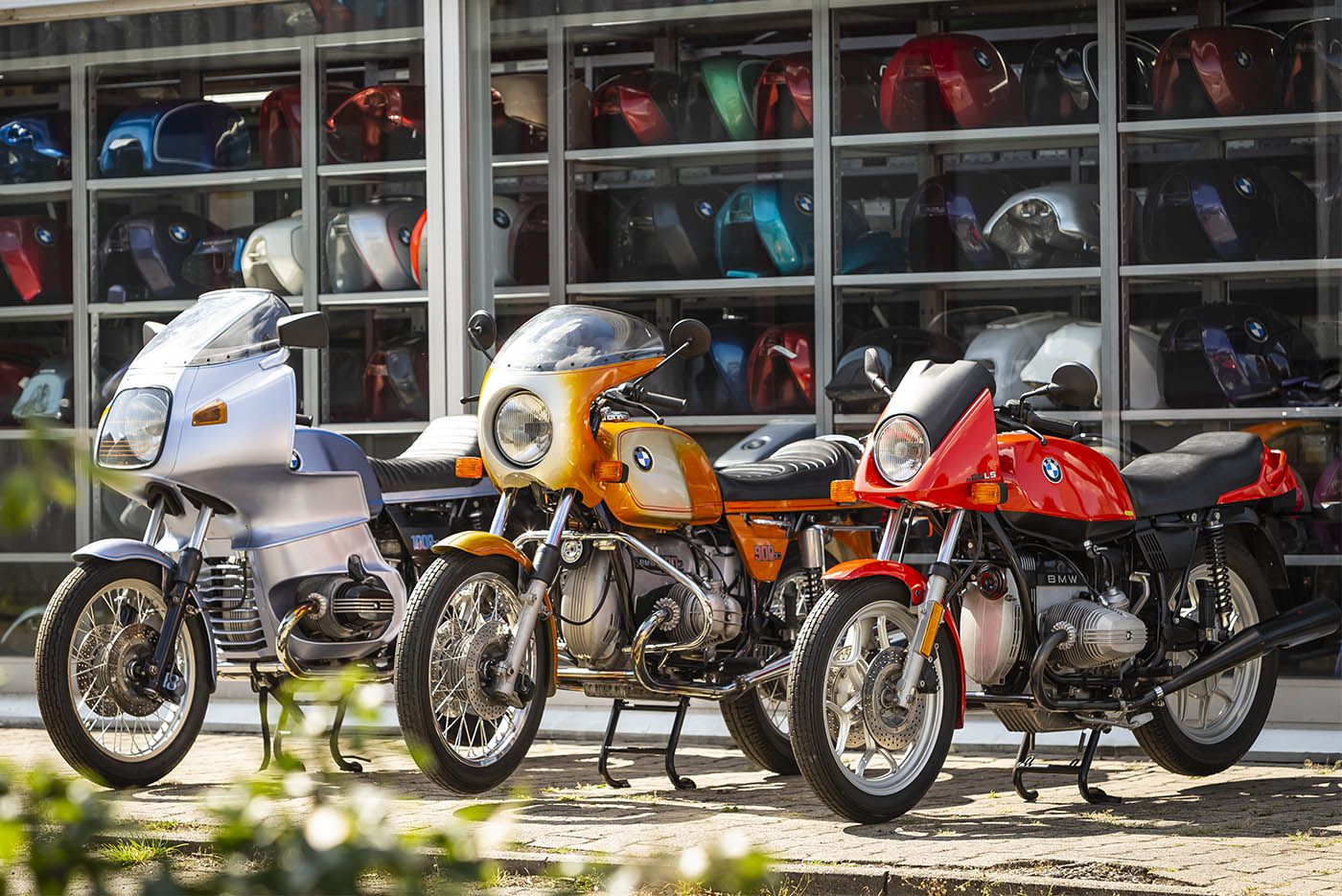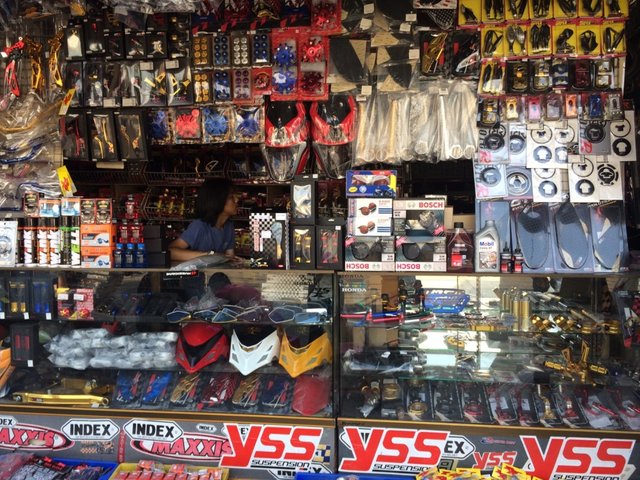Discover Top Quality Moto Parts NZ for All Your Motorcycle Needs
Discover Top Quality Moto Parts NZ for All Your Motorcycle Needs
Blog Article
Recognizing the Vital Parts of a Bike: A Comprehensive Guide for Enthusiasts
For bike enthusiasts wanting to elevate their riding experience and ensure their bikes run efficiently, recognizing the necessary components of a bike is paramount. Each component, from the engine's elaborate workings to the important role of the braking devices, not only affects efficiency however additionally safety and convenience. This overview will walk with the essential components that every cyclist need to recognize with, enabling notified choices in both upkeep and prospective upgrades. As we begin this exploration, one must ask: just how does each component connect to produce the smooth ride every enthusiast seeks?
Engine Parts

The camshaft plays a critical role in regulating the timing of the engine's shutoffs, ensuring the specific opening and closing necessary for effective fuel and air intake, as well as exhaust expulsion. This timing is critical to keeping optimal engine performance and effectiveness. Additionally, the carburetor or gas injection system, relying on the motorbike version, is liable for blending air with fuel in the proper ratio for combustion.
The cooling system, either air or liquid-based, functions to keep the engine's temperature within operational limitations, avoiding getting too hot and guaranteeing durability - motocross gear. Each component, diligently created and integrated, adds to the smooth operation of the engine, defining the motorbike's power outcome and overall performance
Transmission System
Indispensable to the bike's functionality, the transmission system ensures effective power transfer from the engine to the wheels. This system comprises a number of important elements, including the clutch, gearbox, and final drive, each playing a vital duty in translating the engine's power right into movement. The clutch, typically run by a hand bar, serves to engage and disengage the engine from the transmission, allowing for smooth equipment adjustments and regulated acceleration.
The gearbox, frequently described as the transmission appropriate, includes a set of gears that cyclists can by hand shift via to adjust the bike's rate and torque outcome. These equipments are prepared in a series that enables the motorbike to speed up smoothly and keep optimum engine performance throughout different speeds. The majority of motorcycles make use of a consecutive gearbox, calling for the motorcyclist to shift equipments in a fixed order.
Braking Devices
While understanding the transmission system is essential to taking advantage of a motorcycle's power, just as crucial is the ability to regulate and stop that power successfully, which is where braking systems enter play. Brakes are essential for safety and performance, offering the motorcyclist with the needed control to browse various terrains and conditions. Typically, motorbikes feature 2 kinds of braking systems: disc brakes and drum brakes.
Disc brakes are extra widespread in contemporary motorcycles as a result of their exceptional performance. They consist of a brake disc, caliper, and pads. When activated, the caliper presses the brake pads against the rotating disc, transforming kinetic energy into warmth, thereby reducing the wheel. This system uses better heat dissipation, constant efficiency, and enhanced stopping power, particularly in damp conditions.
On the other hand, drum brakes, though much less common, are still discovered in some bikes. They function by pushing brake shoes against the internal surface of a drum connected to the wheel. While generally much less efficient in warmth dissipation and quiting power, drum brakes are easier and much more cost-efficient.
Comprehending these braking systems' subtleties allows cyclists to preserve their bikes correctly and value the engineering that makes sure efficient and secure quiting.
Suspension and Guiding
Suspension and guiding systems are important components that dramatically influence a motorcycle's handling and ride convenience. The suspension system, containing forks at the front and shock absorbers at the back, takes in roadway irregularities, enhancing stability and control. Front forks, typically telescopic or upside down, compress and rebound to alleviate impacts, while back shock absorbers keep tire contact with the roadway, vital for traction and safety.
Steering, focused around the handlebars, connects the rider to the bike's directional control. The steering head bearings ensure smooth procedure, permitting precise ability to move. Correct positioning and upkeep of these bearings are critical for foreseeable guiding feedback and minimizing biker exhaustion.
The suspension's adjustability is an additional essential facet; preload, damping, and rebound setups allow personalization to fit various riding problems and styles. This flexibility is essential for optimizing efficiency, whether browsing urban roads or tackling tough tracks. Technologies like electronic shock absorber use real-time adjustments, boosting trip top quality across diverse terrains.

Electrical Equipments
After guaranteeing a smooth and regulated experience with reliable suspension and guiding systems, focus transforms to the electrical systems, a critical facet of contemporary bikes. These systems play an essential function not only in starting the engine however likewise in powering different elements that improve the capability and security of the motorbike.
At the heart of a motorbike's electric system is the battery, which stores electrical energy necessary for beginning the engine and powering complementary systems - motocross gear nz. The generator or generator, paired with the rectifier-regulator, makes sure the battery continues to be charged while the motorbike functions, converting power right into electric visit the website power and maintaining voltage degrees
The ignition system, another crucial element, is liable for firing up the air-fuel mix in the engine's cyndrical tubes. Modern motorcycles usually make use of an electronic ignition system, offering higher efficiency and dependability compared to typical systems.
Lights systems, consisting of fronts lights, tail lights, and indicators, are also important, ensuring exposure and safety for the cyclist. Added digital parts such as sensing units, control women's winter motorcycle gloves units, and shows add to advanced features like fuel injection monitoring, anti-lock stopping systems (ABDOMINAL MUSCLE), and electronic dashboards, even more enhancing the riding experience.
Final Thought
A thorough comprehension of a motorbike's important parts, including the engine, transmission system, stopping systems, suspension, guiding, and electric systems, is crucial for enthusiasts aiming to optimize safety, performance, and comfort. Mastery of these aspects enables informed choices concerning upkeep and upgrades, ultimately boosting the riding experience. By integrating this understanding, bikers can guarantee their motorcycles run at peak efficiency and reliability, thus making best use of both enjoyment and long life of their cars.
For bike lovers looking to raise their riding experience and guarantee their bikes run efficiently, comprehending the crucial elements of a bike is paramount.Integral to the motorbike's performance, the transmission system ensures reliable power transfer from the engine to the wheels.While recognizing the transmission system is crucial to utilizing a bike's power, just as vital is the ability to control and quit that power efficiently, which is where braking mechanisms come into play. Commonly, bikes include 2 kinds of stopping systems: disc brakes and drum brakes.
An extensive comprehension of a official website bike's necessary parts, including the engine, transmission system, stopping mechanisms, suspension, guiding, and electric systems, is essential for enthusiasts intending to maximize safety, convenience, and performance.
Report this page